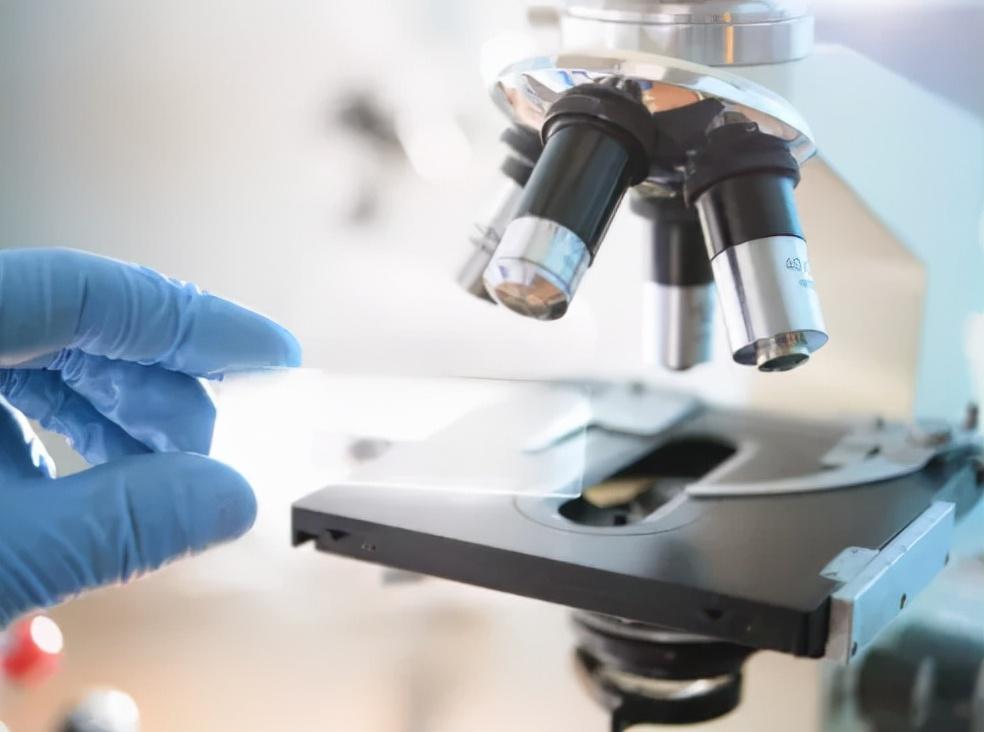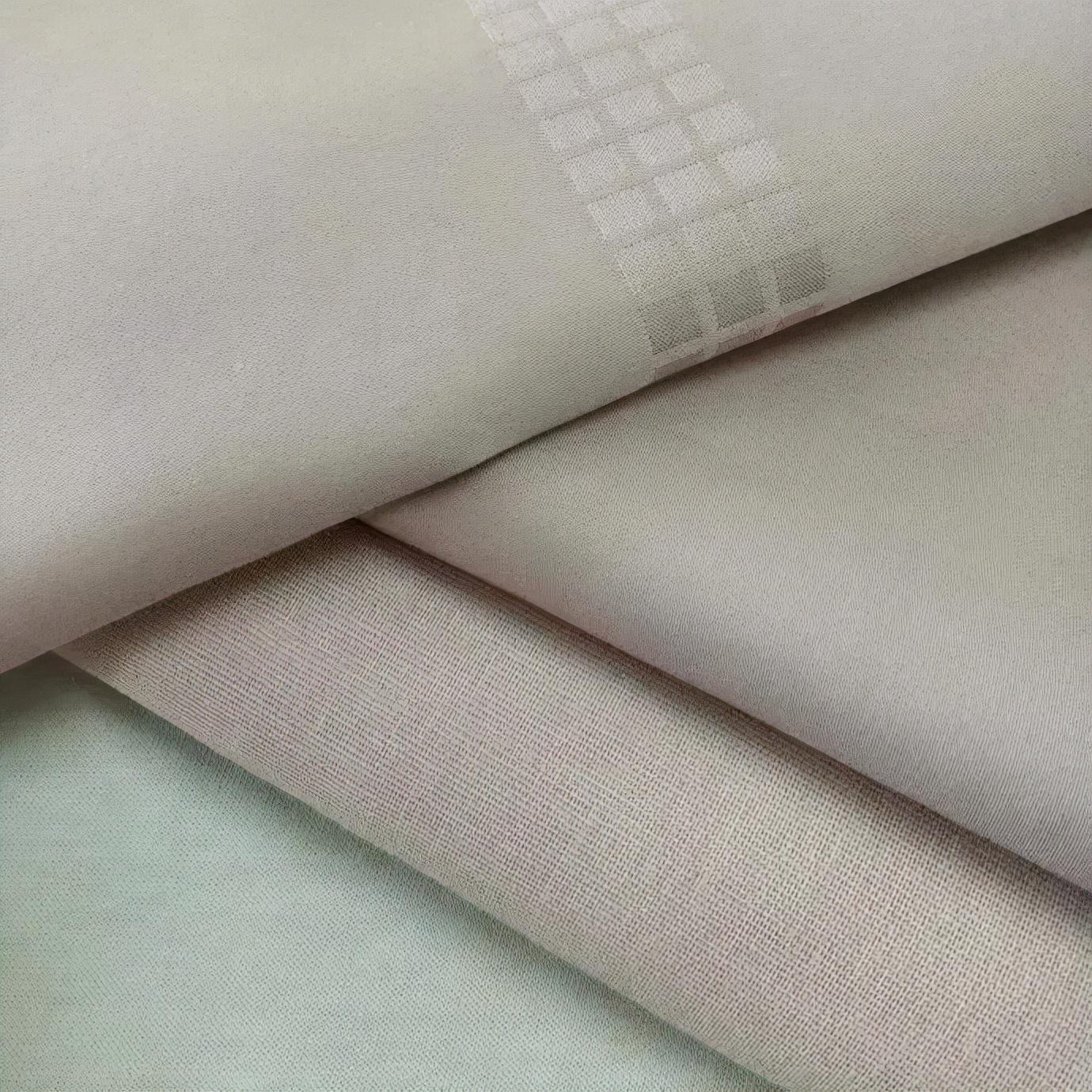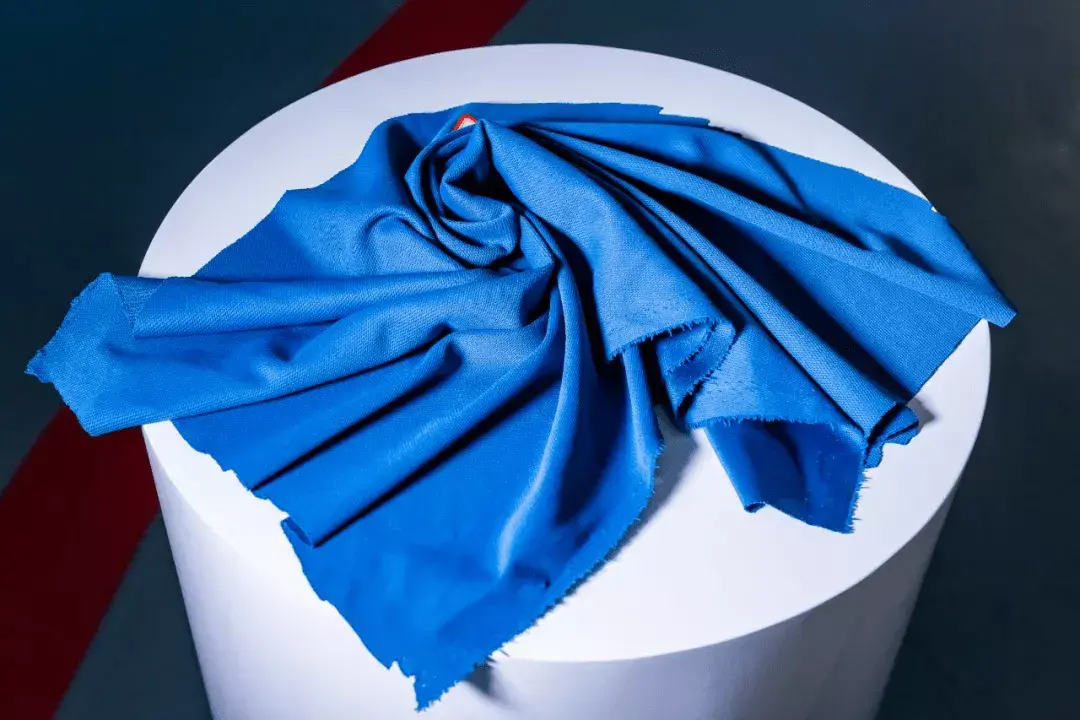As the weather cools down, epidemics continue to occur across the country, and the new coronavirus continues to find new ways to survive. How to better protect consumer safety? New technologies in the textile industry have invented a variety of new anti-viral materials. This technology is designed to prevent the formation of a breeding ground for the spread of harmful viruses and bacteria on the surface of fabrics, thereby helping to reduce the risk and speed of contamination and spread.
01
Far Eastern Federal University, RussiaYoung scientists invented the invention forAntiviral textile materials for the production of medical suppliesTwo students (Svetlana Petruk and Darya Tkacheva) were recognized for their invention Won a bronze medal at the 2021 World Young Inventors Exhibition. The anti-viral textile material AXIOM becomes one of the first materials with similar properties to be used with a long life. Anti-viral textile materials can resist virus invasion to a certain extent and protect the safety of medical staff.

So how are new anti-viral textile materials protected and operated?
Active substance ligands “stitched” into the textile material capture the virus particle and neutralize it, while both the ligand and the virus remain on the material. The material does not contain inhalable substances, allergens, or carcinogens, making it safe to use. New anti-viral materials can be used in any kind of medical supplies, such as masks, protective clothing, etc.
Petruk and Tkacheva said the material could impact the fight against the coronavirus infection.
02
Weiqiao Textile United Group CompanyHengfu’s knitting and wide-width printing and dyeing products were developed in cooperation with Beijing Sublime Nanotechnology Co., Ltd., Institute of Physics and Chemistry Technology, Chinese Academy of Sciences“Anti-coronavirus” series fabrics.
This series of fabrics uses special antibacterial and antiviral materials, and uses a two-component antibacterial and antiviral finishing agent to treat the textiles. ThroughPhysical and chemical dual sterilization and bacteriostatic effects to maintain long-term and efficient antibacterial and antiviral properties.

Apply this antibacterial and antiviral treatment to knitted clothing fabrics, home textile fabrics and other products. Tested by the Institute of Physics and Chemistry Technology of the Chinese Academy of Sciences, the textiles after antibacterial and antiviral treatment are less effective against influenza A virus, coronavirus It has excellent inhibitory and killing effects on viruses, etc., and the sterilization rate against human coronavirus (HCoV-229E) is >99%.
03
Nantong University teamed up with Xinfengming Group Co., Ltd. to innovatively developHighly efficient antibacterial and antiviral polyester fiber,is of great significance to promoting the upgrading of the traditional textile industry. This product uses flexible modification technology to form 0.05-3μm micropores in polyester filament fabrics after alkali treatment, and then adsorbs nano-silver solution on its surface to form the fiber’s anti-viral durability and anionic slow-release properties, achieving stable Efficiently kills bacteria and viruses.

04
Fujian Yongrong Jinjiang Co., Ltd.Through the unremitting efforts of the team, it has successfully developedAnti-viral nylon. This product has passed ISO 18184:2014 “Anti-viral Textile Test Standard”, with an anti-viral activity rate as high as 99.97% . It is understood that this product introduces silver-loaded mesoporous titanium dioxide nanocomposite into nylon 6 fiber to produce nylon 6 fiber with anti-viral function. This technology fills the gap of anti-viral nylon 6 fiber in the current market.

Anti-viral nylon developed by Fujian Yongrong Jinjiang Co., Ltd.
Under the challenge of the epidemic situation, domestic and foreign research Personnel continue to research and innovate products in the textile industry, which is not only a major advancement in the “intelligent manufacturing” of textiles, but also a means of protection to help consumers reduce the infection of the new coronavirus.








